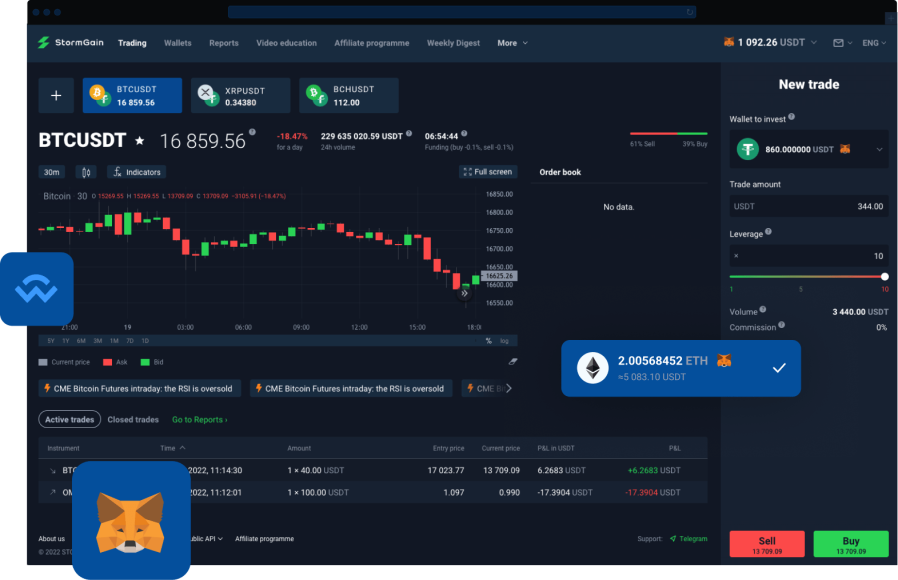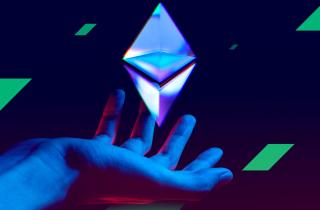
All-in-one crypto app with a Bitcoin cloud miner
- Crypto Trading with Leverage of up to 300x!
- Bitcoin Cloud Mining!
- Crypto Exchange!
- Exclusive Trading Signals!

Decentralized crypto trading with leverage of up to 500x
- Trade directly from your blockchain wallet
- No deposit required
- Complete control of your crypto funds
Read-only permissions. We will never do anything without your approval.
Trusted by over 2.5 million StormGain traders
StormGain Products
Mining
Earn free Bitcoin daily
No battery or CPU drainage. No mining equipment required. Fast and risk-free
Learn more >
Futures
Up To 300x Leverage
Get funds for trading and increase your order volume with the highest leverage on the market.
Zero Trading Commissions
Enjoy 0% trading commission when you open new orders.
Learn more >
Exchange
 BTC
BTC 
 USDT
USDT
Access all the popular cryptocurrencies 24/7. It's simple and easy!
Learn more >
Platform
Learn more >
Signals
Stop Loss (close trade at X loss) and Take Profit (close trade at X profit), Increase and Auto-Increase options available!
Learn more >
Wallets
Buy and withdraw crypto with credit card
Easy way to secure, manage and exchange your muliti-currency funds
Learn more >





